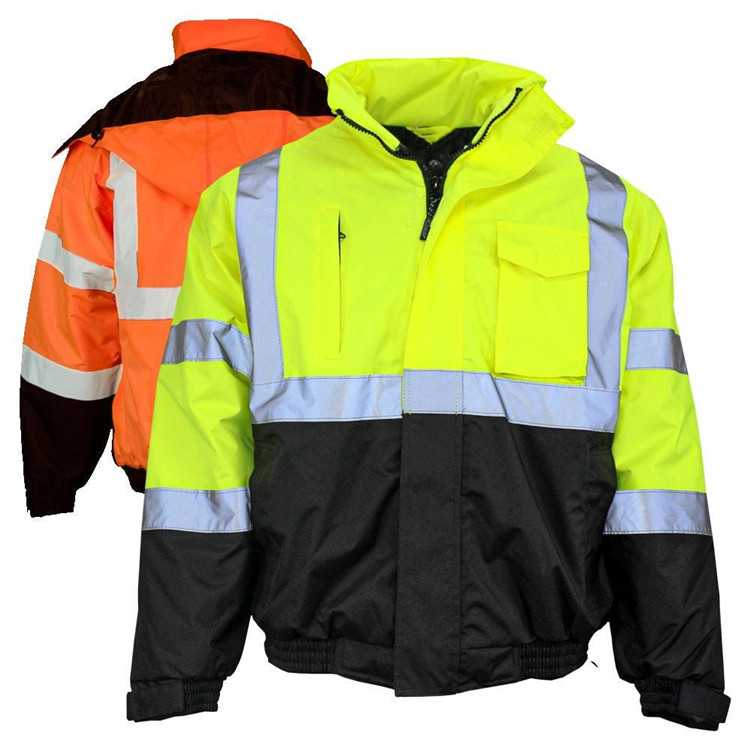The pollution-free cultivation of cowpea primarily relies on protected land farming. Here's a detailed and improved version of the process:
(1) Cultivating strong seedlings is essential in protected cultivation. It is recommended to use medium to late-maturing, high-yield, disease-resistant varieties that are adaptable and suitable for dense planting. Mulching and direct seeding methods are commonly used to reduce root damage and promote healthy seedling growth. Seed processing, nutrient soil preparation, and bed disinfection are similar to those used for kidney beans. The nursery method typically involves root cultivation to minimize shoot and root emergence, which helps in slowing down seedling growth before transplanting. The nutrient pots should be 8 cm in diameter. The nutrient soil should consist of loose, fertile soil that has not been used for cotton or legume crops in the past three years. Mix two parts decomposed chicken manure, two parts horse manure, and four parts farmland soil, then sift and pack into the pots. Do not overfill; fill up to about three-quarters of the pot’s height. Place the pots neatly on a seedbed. Before sowing, treat the seedbed with a 500-fold solution of 50% carbendazim WP or a 250-fold solution of 10% double-effect water repellent agent, and evenly pour it over the bed.
Before sowing, water the beds thoroughly. Once the water has soaked in, plant 3–4 seeds per pot and cover them with 3 cm of nutrient soil. Strengthen seedling management by ventilating regularly, controlling growth, and promptly removing any diseased plants.
(2) Apply basal fertilizer and plant at the right time. Cowpea should not be grown continuously, so choose fields where cotton or legumes have not been planted for at least three years. Clear the field before harvest and apply 75,000 kg/ha of well-decomposed organic fertilizer, mixing it thoroughly with the soil to create ridges or furrows. When planting, apply 300–4,500 kg/ha of calcium superphosphate, 750–1,050 kg/ha of wood ash, or 150–225 kg/ha of potassium sulfate, mixing well and watering.
Before planting, sterilize the greenhouse using a 50–100 times dilution of formalin at 1–1.5 kg/m², close the greenhouse for one day and night, and wait 7–10 days before planting. Alternatively, spray the greenhouse soil, roof, and surrounding areas with a 500-fold solution of 50% carbendazim WP for disinfection.
When planting, lay silver reflective film on the ground to repel pests like aphids. You can also place 15 cm wide silver strips around the greenhouse to enhance pest control.
(3) Top-dressing is crucial after planting. Focus on controlling vegetative growth to encourage reproductive development and increase flower formation. After flowering, combine irrigation with fertilization by applying 15,000 kg/ha of human excrement or 75–120 kg/ha of compound fertilizer. For each pod harvested, apply 75–150 kg/ha of urea and 75–120 kg/ha of potassium sulfate. Alternatively, you can apply half the amount during each harvest. To prevent early aging, ensure proper nutrient and water management once the first peak of production appears. Encourage lateral branch and flower bud formation to extend the flowering period. This helps the main inflorescence continue blooming and fruiting, extending leaf lifespan. Typically, the second peak occurs about 20 days after the first and lasts around 30 days.
During the peak season, foliar feeding with 0.3% potassium dihydrogen phosphate can help prevent premature aging. Additionally, to promote early nitrogen fixation in the nodules, you can use nitrogen-enriched fungicides to inoculate rhizobial bacteria.
Safety Jacket Reflective, rain safety reflective, safety work wear jacket, hi viz safety jacket, safety jacket parka, waterproof safety jackets supplier.
We have been this field for more than 10 years. And we have certificate like EN ISO 20471, BSCI, GES, CE, OEKO and etc.
We support sample service and try order.





Safety Jacket Reflective,Rain Safety Reflective,Safety Work Wear Jacket,Safety Jacket Reflective For Sale
Suzhou Golden Gamrnet MFG Co.,Ltd , https://www.svchangerobe.com